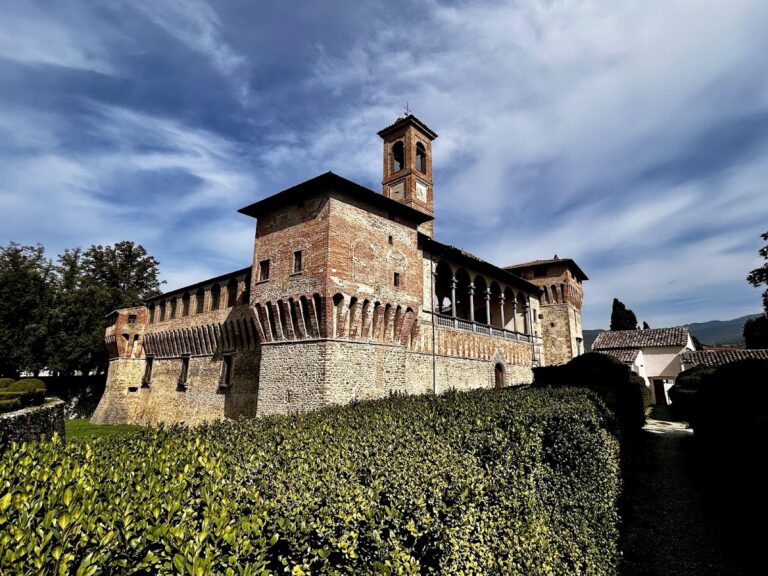Gaio Cilnio Mecenate National Archaeological Museum
Visitor Information
Google Rating: 4.4
Popularity: Low
Google Maps: View on Google Maps
Official Website: museitoscana.cultura.gov.it
Country: Italy
Civilization: Roman
Remains: Museum
History
The Gaio Cilnio Mecenate National Archaeological Museum is located in Arezzo, Italy, on a site originally developed by the ancient Romans. The museum occupies the medieval Monte Oliveto monastery, which was constructed above the remains of a Roman amphitheater dating back to the first half of the 2nd century AD.
The origins of the museum trace back to 1823 when the Fraternita dei Laici, a local lay brotherhood, founded a public institution dedicated to natural history and antiquities. This early museum gathered a diverse collection through private donations and archaeological finds from Arezzo and its surrounding areas. Over the following century, the collection expanded significantly, reflecting the rich historical layers of the city from its Etruscan beginnings through the Roman period and into late antiquity.
In 1936, the museum was formally established within the Monte Oliveto monastery, integrating the medieval structure with the archaeological remains beneath. Later, in 1973, the museum became a state institution. Today, it comprises 26 rooms spread over two floors, offering a comprehensive narrative of the city’s long history. The museum bears the name of Gaio Cilnio Mecenate, a notable figure from antiquity.
Remains
The museum is uniquely situated within the medieval Monte Oliveto monastery, which features a distinctive curved layout. This building stands directly above the well-preserved Roman amphitheater, the largest public structure from ancient Arezzo. The amphitheater dates to the early 2nd century AD and its full circuit remains visible and accessible across the museum’s ground floor, basement, and an external archaeological area.
The amphitheater’s remains include the foundational structures that outline the arena’s elliptical shape. Visitors can observe the continuity of the amphitheater’s form, which has been carefully preserved in situ, allowing a clear understanding of its scale and design. Access to the archaeological zone is available from Via Crispi, though prior arrangement is required.
Within the museum’s collection are several notable architectural and decorative artifacts. Among these is a polychrome fronton, a triangular decorative element from around 480 BC, which depicts combat scenes in vivid colors. This piece reflects the artistic traditions of the region during the early phases of its history. Additionally, the museum houses votive busts and portrait heads dating from the 2nd to 1st centuries BC.
Stone altars and small votive statuettes from the sanctuary of Castelsecco are also part of the collection, illustrating the religious practices in the area. The museum further preserves a large assortment of terra sigillata pottery, known as Arretina vasa, produced in Arezzo between the mid-1st century BC and the mid-1st century AD. This fine red-gloss pottery contributed to the city’s reputation in antiquity and is well represented in the displays.
The museum is equipped with modern accessibility features, including a stairlift, elevator, and accessible restrooms, ensuring that visitors can explore the archaeological and historical exhibits comfortably.







